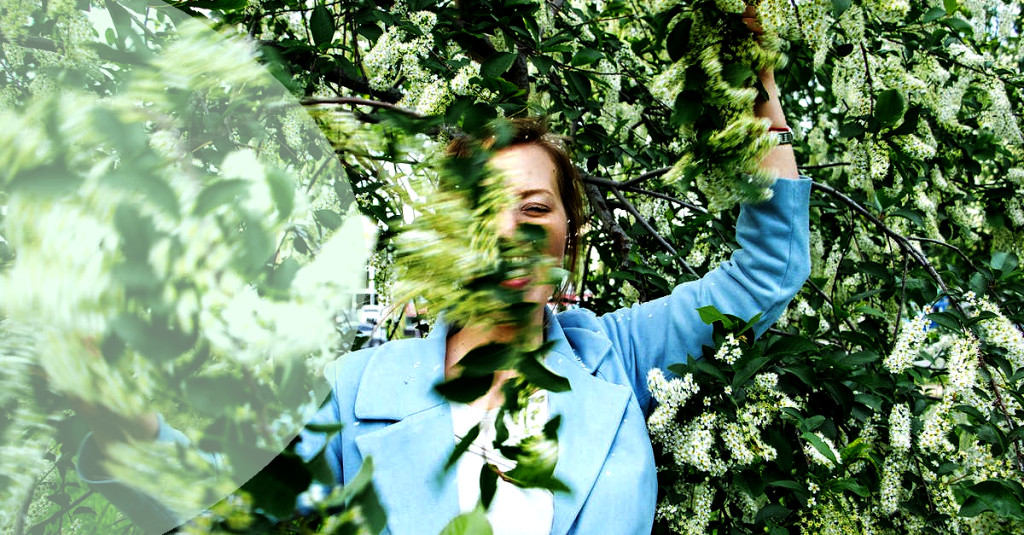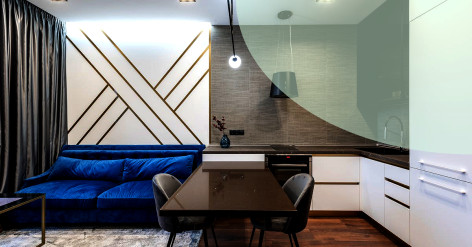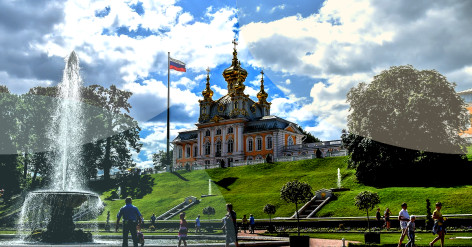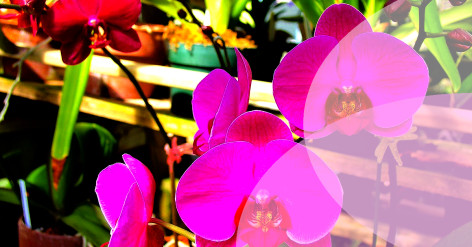Outdoor Painting: Expressing Yourself in Nature

Immersing Yourself in Plein Air Painting
In a world in which our lives are increasingly intertwined with technology, taking the time to appreciate the natural world can seem more than just a little challenging. But what if we could interact with nature on a more personal and creative level? Enter the captivating world of outdoor painting.
Outdoor painting, or plein air painting as the art world professionally knows it, mandates artists to leave the confines of their studios and engage with the raw beauty of nature. It's not just a hobby, but a way of life, a connection to ourselves, and an opportunity to express our most profound emotions. Ready to embark on your own artistic journey in the great outdoors? Here's how to get started.
Starting Your Journey: Painting Equipment Youâll Need
Outdoor painting has a rich and storied history. The term plein air was coined by the French impressionists who sought to capture the transient effects of sunlight on a landscape. It's a practice thatâs alive and well today, as more and more artists are finding their muse in nature's splendour.
To immerse yourself in outdoor painting, you need to surrender your inhibitions and embrace the unpredictability of the natural world. It can be easy to get hung up on creating a 'perfect' work of art, but in plein air painting, the journey is just as important as the destination. The artwork is not only the final piece but also the intimate communion with the landscape around you.
Enter the Great Outdoors: Choosing Your Landscape
Contrary to popular belief, you don't need a vast collection of tools to start outdoor painting. Here's a comprehensive list of painting equipment that you might find handy:
- Easel
- Palette
- Paintbrushes
- Paints
- Canvas or painting panels
- Sealable bag for waste (itâs important to respect the environment)
- Comfortable portable chair (optional)
Remember that the best painting equipment is the one that youâre most comfortable and convenient using. Experiment, explore and find out what works best for you.
Developing Your Style: Techniques to Try
While choosing a landscape for outdoor painting, consider elements that express the emotion you want to transmit through your art. It could be anything, from a bustling city park to the serene calm of a deserted beach. At this stage, there are no right or wrong choices - only possibilities and opportunities to form a bond with nature.
Connecting Art and Soul
A technique can transform an average painting into an extraordinary one. Different techniques can be employed to give your artwork a unique touch. Some popular techniques include glazing, scumbling, and impasto. These techniques, when used effectively can bring out the depth, tone, and texture of the painting.
Mastering these techniques might not happen overnight but remember, the goal of outdoor painting isn't perfection, but expression.
In conclusion, outdoor painting is not just an artistic endeavor; it is reclaiming our bond with nature and expressing our emotions through colors and brushes. So, get your painting equipment, head out, and let nature be your muse. Happy painting!
Remember, the world outside is full of inspiration. And as Henri Matisse said, âCreativity takes courageâ. So step out of your comfort zone and let your creative spirit roam to the beat of natureâs heart.
Note: Experimentation, resilience, and creativity are the heartbeats of outdoor painting, and the path full of unexpected discoveries and artistic fulfillment awaits. So, let go of the expectations, break away from the digital world, and let the magic of outdoor painting sweep you into its fold.
Don't forget that "Art is either plagiarism or revolution." and let the grandeur of nature inspire you to create revolutionary works of art. I hope you're ready to begin your journey to self-discovery and artistic elevation. What are you waiting for? Grab your canvas, make the world your studio, and let the colors of your soul radiate onto the canvas.




